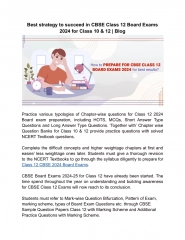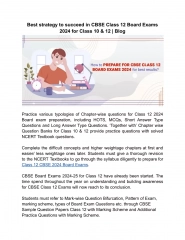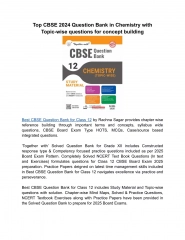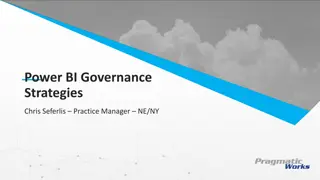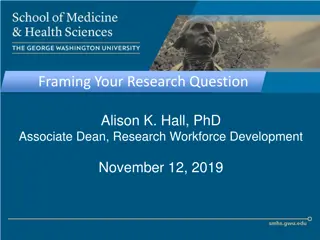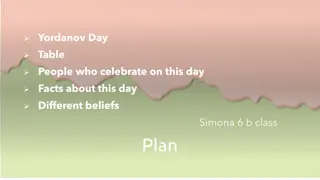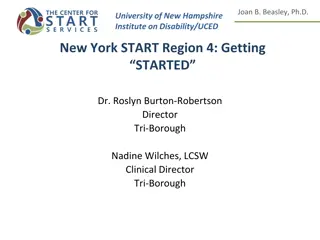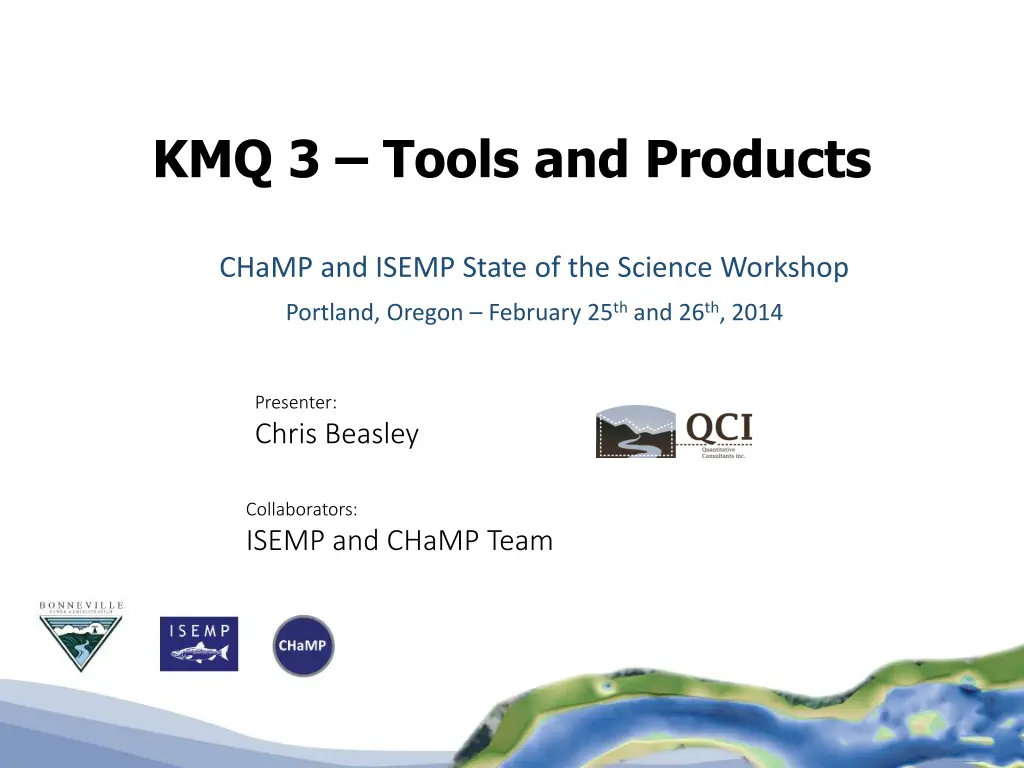
Habitat Restoration and Evaluation Workshop Insights
Explore insights from the KMQ 3 Tools and Products Workshop, focusing on habitat restoration effectiveness, outcomes, and assessment methods. Dive into case studies, survey results, and predicted changes post-restoration to understand the impact on fish habitats.
Download Presentation

Please find below an Image/Link to download the presentation.
The content on the website is provided AS IS for your information and personal use only. It may not be sold, licensed, or shared on other websites without obtaining consent from the author. If you encounter any issues during the download, it is possible that the publisher has removed the file from their server.
You are allowed to download the files provided on this website for personal or commercial use, subject to the condition that they are used lawfully. All files are the property of their respective owners.
The content on the website is provided AS IS for your information and personal use only. It may not be sold, licensed, or shared on other websites without obtaining consent from the author.
E N D
Presentation Transcript
KMQ 3 Tools and Products CHaMP and ISEMP State of the Science Workshop Portland, Oregon February 25th and 26th, 2014 Presenter: Chris Beasley Collaborators: ISEMP and CHaMP Team
KMQ 3: Summary Products BPA already delivering through cbfish.org (Taurus)
Taurus/CBFish.org Taurus/CBFish.org
KMQ 3 ISEMP/CHAMP/AEM specifically designed to provide assessments IMWs provide results Tools to estimate outcomes Summary products
Types of Effectiveness M&E Habitat action effectiveness physical change. Biological action effectiveness fish response.
Little Springs Channel Restoration 2012 Habitat Survey Pool Frequency Pool Average Residual Depth Fish Cover Composition Total 3.51 0.54 3 2013 Habitat Survey Pool Frequency Pool Average Residual Depth Fish Cover Composition Total 3.84 0.46 23 Lemhi Subbasin DEM of Difference Volume of Erosion Volume of Deposition 16.77 46.07 0 0.0425 0.085 0.17 Kilometers
Predicted Changes in Depth and Velocity Following Restoration
Observed Changes in Depth and Velocity Following Restoration
Restoration Effectiveness: Habitat Restoration Effectiveness: Habitat Through Time Through Time +20 Years +10 Years +5 Years Relatively Quick Responses Scope for Adaptive Management
Types of Effectiveness M&E Habitat action effectiveness physical change. Biological action effectiveness fish response.
Little Springs Channel Restoration O. mykiss Abundance Year 2011 2012 2013 Estimate 110 436 1,297 Chinook Survival Year 2012 2013 Estimate 29% 80% Lemhi Subbasin 0 0.0425 0.085 0.17 Kilometers
Management planning MFJD Using a model within in a sampling design to aggregate actions spatially and predict population outcomes.
Life Cycle Model Using LCM in a sampling design to aggregate actions spatially and predict outcomes.
Restoration Effectiveness: Fish Population Restoration Effectiveness: Fish Population Through Time Through Time +20 Years +10 Years +5 Years Response tied to restoration efforts Relatively Slow Responses
Next Up Bridge Creek Limiting Factor Export Evaluation Plan Implement
Lesson learned from the Bridge Creek Intensively Monitored Watershed Study CHaMP and ISEMP State of the Science Workshop Portland, Oregon February 25th and 26th, 2014 Presenter: Nick Bouwes Collaborators: Nick Weber - Eco Logical Research, Inc., Joe Wheaton - Watershed Sciences, USU Chris Jordan, Michael Pollock, NOAA Carol Volk- South Fork Research, Inc.
Channel incision is a common degraded state of streams in the CRB 15,131 km of streams potentially incised
Mean Annual Flood Height Post Depth 60 90 cm
Abundance Difference of O. mykiss density between Bridge and Murderers (trt - cntrl) Average -pre and -post restoration (p=0.007) 25 Difference in O. mykiss density (trt-cntrl) 20 15 10 5 0 D-pre D-post -5
Survival 1.4 Ratio of O. mykiss survival between Bridge and Murderers (trt / cntrl) Geomean -pre and -post restoration (p<0.0001) 1.2 Difference in O. mykiss survival (trt/cntrl) 1 0.8 0.6 0.4 0.2 0 D-pre D-post
Conclusions Habitat Changes Increase in deeper pools Increased ground water storage Aggradation Frequent inundation of the floodplain Habitat complexity Topography Velocity Substrate Temperatures
Conclusions Habitat Changes Increase in population abundance Increase in survival (at multiple scales) Decrease in growth (because of increased densities) Increase in steelhead production Continued fish passage
But is Bridge Creek a boutique restoration approach?
Beaver Dams Beaver Dam Analogs
Oregon Department of Fish and Wildlife Confederated Tribes of the Warm Springs Beech Creek Restoration
Confederated Tribes of the Warm Springs Quartz Creek
Beaver as an Ecosystem Engineer - not just in incised streams Courtesy of William R. Meyer
Beaver as a restoration tool USFS-NOAA Aquatic Resources Biological Opinion Accepted management practice Utah Beaver Management Plan New Mexico Legislation to direct NWDGF to use beaver in restoration National Riparian Service Team (BLM, NRCS, )
Agencies Leveraging Results of Bridge Creek to Develop Restoration Using Beaver UDWR BLM NRCS USFS CWTS Coeur d Alene Tribe ODFW WGF IDFG


